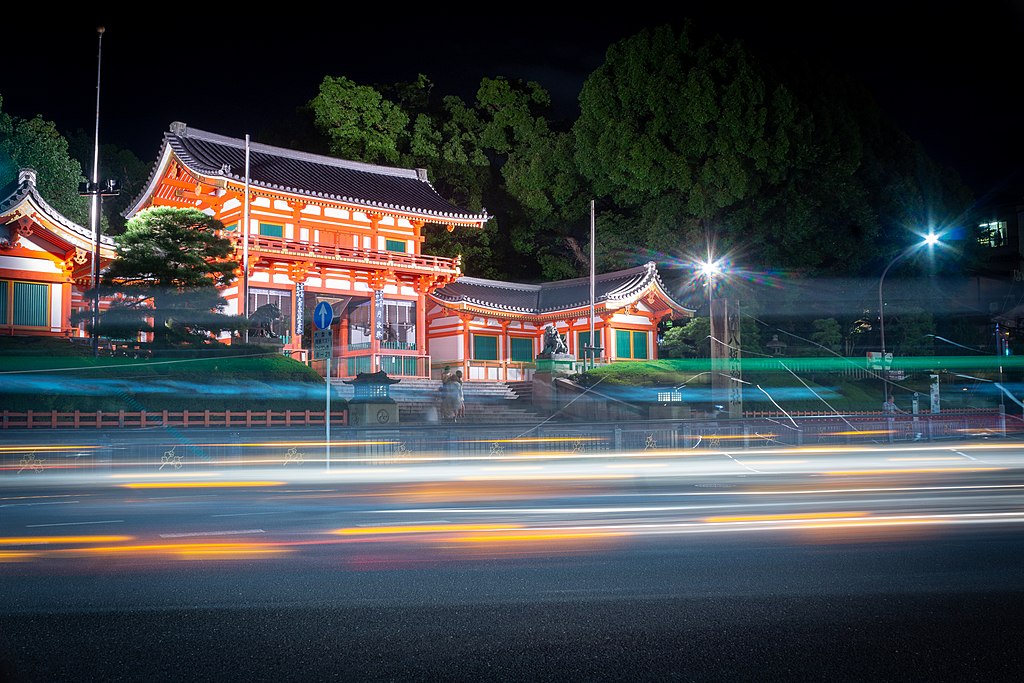Dec 27, 2023
New Year Celebrations in Kansai
New Year (Shogatsu) is a time for big celebration in Japan. Seen as a period of cleansing and renewal as well as an opportunity to welcome in the New Year, festivities tend to last from January 1-3, with many people taking this period off work.
There are various ways to commemorate the new year in Kansai – from partying with friends to more intimate family celebrations.
New Year’s Eve Parties
Although reveling the night away isn’t the big New Year’s Eve ritual in Japan that it is in places such as Europe, the U.S., or Australia, many bars remain open across the country to celebrate and there are a few big gatherings in the major cities.
Universal Studios Osaka
If you want to see in 2025 surrounded by a big crowd, head to Universal Studios Osaka. The amusement park holds an annual celebration filled with fireworks, illuminations, and fun for kids. This year, the event is called NO LIMIT! Countdown 2025.
The actual countdown takes place at the Lagoon in the center of the park. It starts at 10 minutes before midnight and lasts until five minutes past. Don’t worry, though – there’s plenty more to see at the park for the celebration. Festivities begin at 7:10 p.m. with events on the Gramercy Park Special Stage featuring Snoopy, ONE PIECE, Hami-Kuma, and Pokémon. There’s then a break from 8:40 p.m. until 9:15 p.m., after which the characters return to the stage. The celebration ends with the Kuromi Live New Year’s Celebration Show.
Bear in mind, if you want to come to the park for New Year’s Eve, you should just come in the evening. The park is open during the day but will be closed between 5:00 p.m. and 7:00 p.m.
Kobe Port
Another popular place is Kobe Port, where you can join a countdown and expect a firework display. In recent years, there has also been a drone light show.
Traditional Bell-Ringing Ceremonies
If you fancy something just as social but maybe a little quieter, how about a Buddhist bell-ringing ceremony (joya-no-kane)? This is an annual ritual that takes place close to midnight on New Year’s Eve. It happens at many temples, with popular locations including Chion-in Temple in Kyoto and Shitennoji Temple in Osaka.
The idea of the ceremony is to rid oneself of desires that have built up over year. Monks strike the bell in the shrine 108 times to match the number of desires they believe we hold. At Chion-on Temple, the bell is so large, it requires a team of 17 monks to strike it.
Hatsumode
Hatsumode is the first visit to a Shinto shrine of the year, something that has become an important part of the Japanese calendar. You can expect shrines across Japan to be quite full on New Year’s Day. This has led many people to visit on New Year’s Eve instead or leave their visit until the 2nd or 3rd of January (sometimes even later).
The purpose of the visit is to wish for good fortune and prosperity for the coming year. Many visitors bring money or small gifts to leave at the shrine. In recent years, some of the larger shrines have begun holding New Year’s events, with stalls selling food and activities on offer.
Any Shinto shrine will have Hatsumode celebrations. However, some of the more popular venues in Kansai are:
- Sumiyoshi Taisha shrine in Osaka – This shrine attracts crowds of 2 million people every January for Hatsumode.
- The Fushimi Inari Taisha shrine in Kyoto – A great choice for its thousands of vermilion torii gates, which has led it to be one of the most famous shrines in the whole country.
- The Ikuta Jinja shrine in Kobe – Conveniently located at just a five-minute walk from JR Sannomiya Station.
Celebrating at Home
If you don’t fancy heading out over this period, there are plenty of ways to see in the Japanese New Year at home with friends or family. For a start, you could decorate your home in traditional Japanese style with festive trinkets. One of the most popular is Kadomatsu, which is a plant-based decoration made from bamboo stalks, pine, and a plum tree branch. It is traditionally placed outside the front door of the house. Another is Shimekazari, which is a rope decoration that families hang above their doors.
Another good way to commemorate the changing of the year in Japan is with traditional meals. These include buckwheat noodles (toshikoshi soba), ozone (miso soup eaten with rice cakes), and osechi ryori (small food boxes similar to bento boxes).
Hatsuhinode
If you don’t mind getting up early, perhaps you’d like to experience hatsuhinode. This is the Japanese term for the first sunrise of the year. It is a tradition in Japan to get up – or stay up – and witness this. Indeed, there are now hatsuhinode events at locations such as beaches and parks, involving soup, sake, music, and warm fires.
As well as joining an event, you could also do this alone or with a friend. For instance, watching the sunrise through the torii gate path at Fushimi Inari Shrine in Kyoto is a calming way to start the new year. Another option is to head to Namihaya Ohashi in Osaka — the large bridge that connects Minato Ward to Taisho Ward. To the East are the mountains of Wakayama prefecture, meaning the sun gradually tops the mountains and illuminates Osaka city.
Jason Zhang, CC BY-SA 3.0, via Wikimedia Commons


About the author